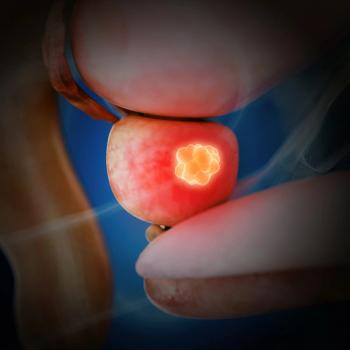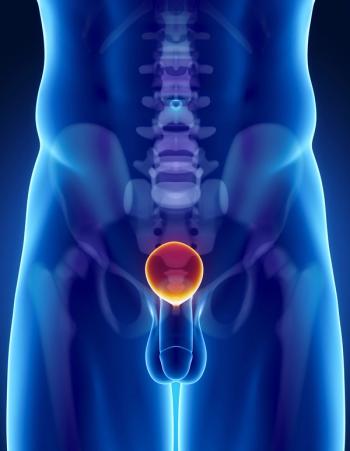
Seeking men without prostates whose PSA will double nonetheless
Most men who have had radical prostatectomy can look forward to at least 15 years free from prostate cancer. But which patients are likely to see their PSA levels double within nine months, and therefore have high risk of recurrence? Oncologists are calling for new ways to predic, and researchers are on the case.
After years of debate about what PSA means to prostate cancer, for post-surgical patients, at least, it has a decisive significance. Most men who have had radical prostatectomy can look forward to at least 15 years free from prostate cancer if their postoperative PSA values rise only moderately or take longer than nine months to double. Last month, oncologists from Johns Hopkins
The overwhelming majority of men will survive many years after radical prostatectomy. Authors of a retrospective multicenter analysis of more than 13,000 prostate cancer patients
The ability of clinical factors to identify these unlucky few is "limited," wrote Peter Scardino, MD, FACS of Memorial Sloan-Kettering Cancer Center et al in JCO. They cited a "need for novel markers specifically associated with the biology of lethal prostate cancer."
Others are on the case already, of course. A powerful asset to identify the men still at risk is the SEARCH (Shared Equal Access Regional Cancer Hospital) database. Two teams of Duke University Medical Center oncologists have scoured the SEARCH database for clinical clues to post-surgical progression, with some success. One
Is moderately elevated blood loss a marker of aggressive cancer, of poor surgical technique, or of something else entirely? "We have no new data to support one over the other," says lead investigator Stephen Freedland, MD, of the Duke Prostate Center. "My opinion is that high EBL may be a marker of poor technique, but the margin data did not support that."
Others are testing PSA assays with sensitivity levels beyond "ultra." Chemical engineers at Northwestern University's Feinberg School of Medicine have devised an assay that detects PSA at femtogram/mL levels and reported results of a pilot test on serum from 18 prostate cancer patients. The test detects PSA by trapping it between minute particles studded with anti-PSA antibodies and adorned with DNA molecules of a known sequence, which are measured in the elution. They call it the "
Chad Mirkin, a professor of medicine at Northwestern, says the barcode test has "redefined zero" in PSA measurement, and that it can identify (and reassure) the 42% of men whose PSA levels are not going to rise after surgery. The Chicago researchers are currently testing the same assay on post-operative serum samples from a larger retrospective sample from over 400 prostate cancer patients after radical prostatectomy, and say that the preliminary results reinforce their previously published data. They are planning a prospective study.
None of these approaches, however promising, features the "novel markers obviously associated with the biology of lethal prostate cancer" that Scardino and his co-authors want to see. But molecular biologists have also been working the problem.
The well-known phenomenon of telomere loss (the "wearing away" of the ends of chromosomes) in cancer appears to correlate with PSA recurrence, according to tests of prostate biopsy samples at the University of New Mexico School of Medicine in Albuquerque. Eric Treat and coauthors from the Department of Urology
Oncologist Timothy Johnson, MD, and coworkers at Baylor College of Medicine and MD Anderson,
The researchers found recently, to their surprise, that cav-1 also stimulates angiogenesis, leading them to believe that the protein is capable of significant and varied effects on the tumor microenvironment. Do these effects pertain even when the prostate has been removed? Do presurgical cav-1 levels foreshadow recurrence?
The Baylor team
Newsletter
Stay up to date on recent advances in the multidisciplinary approach to cancer.



















































































